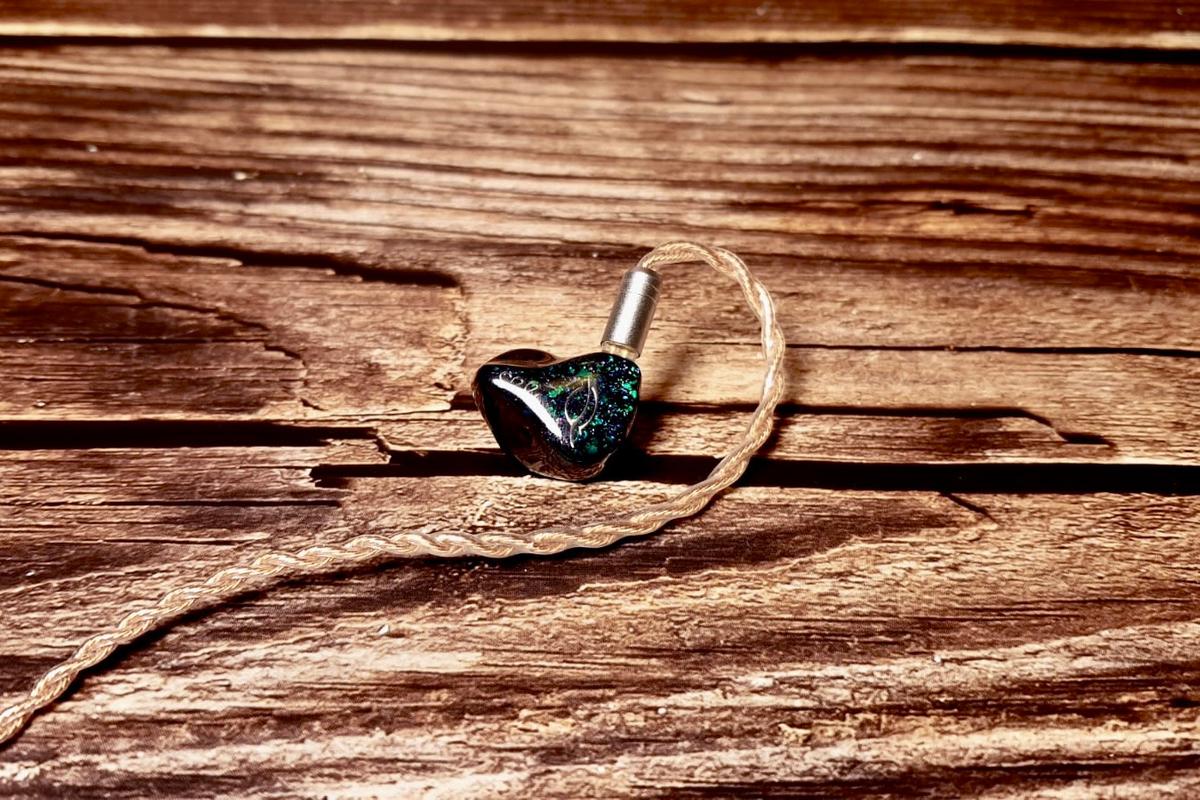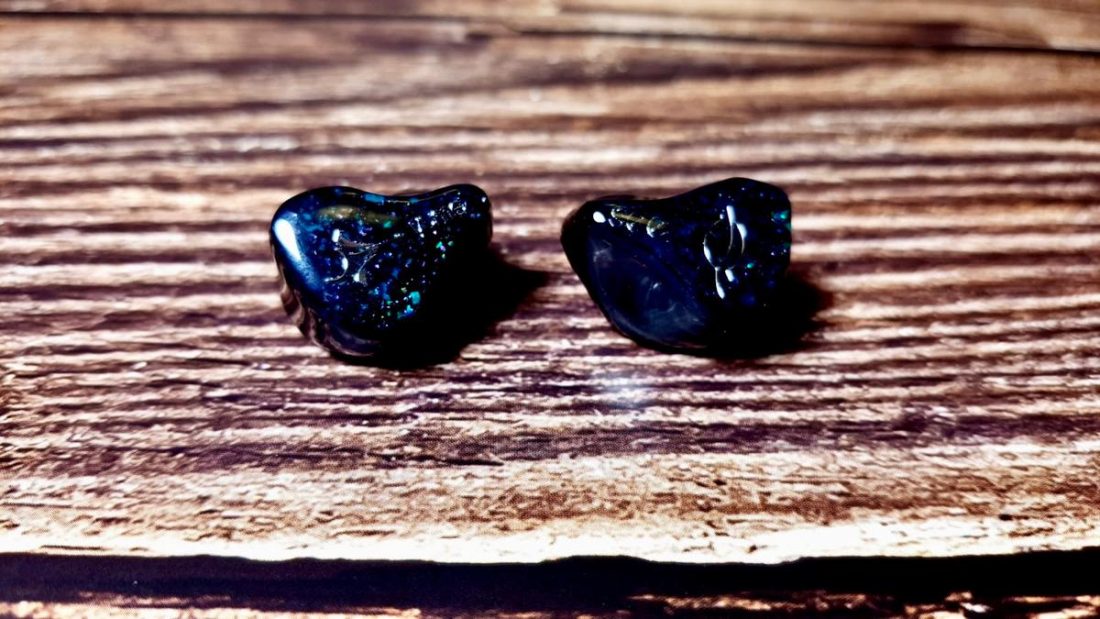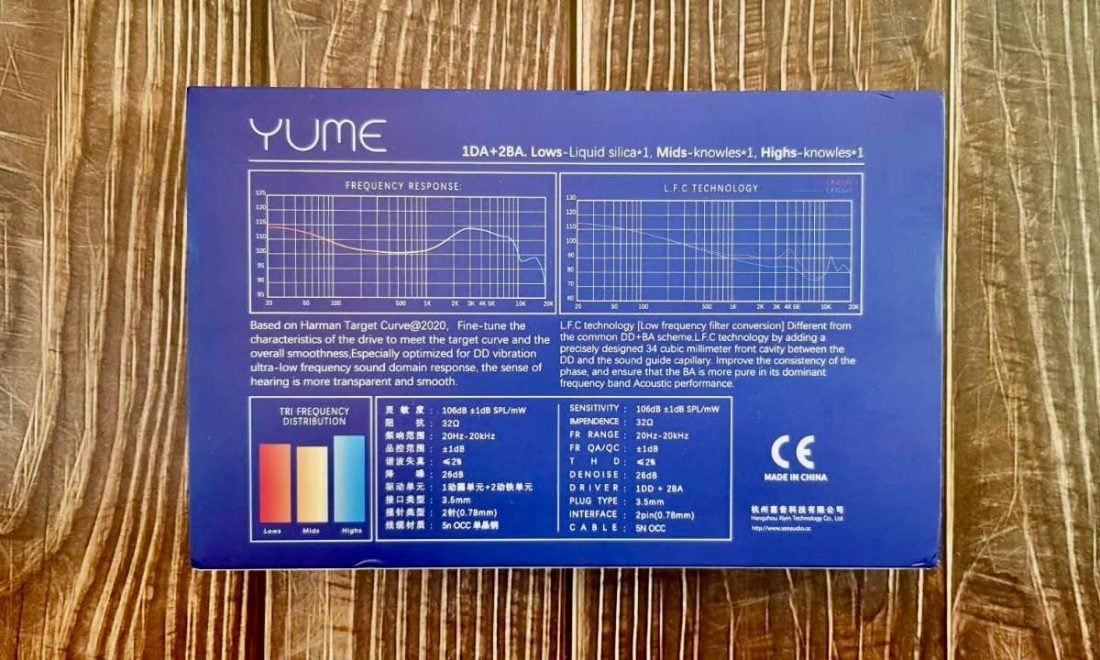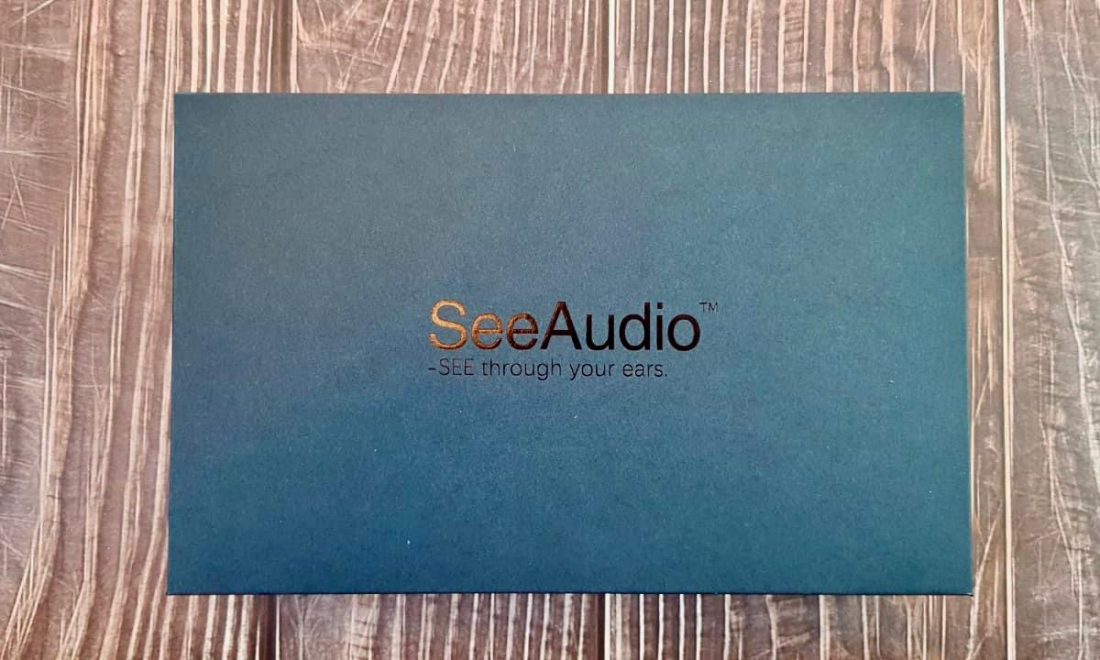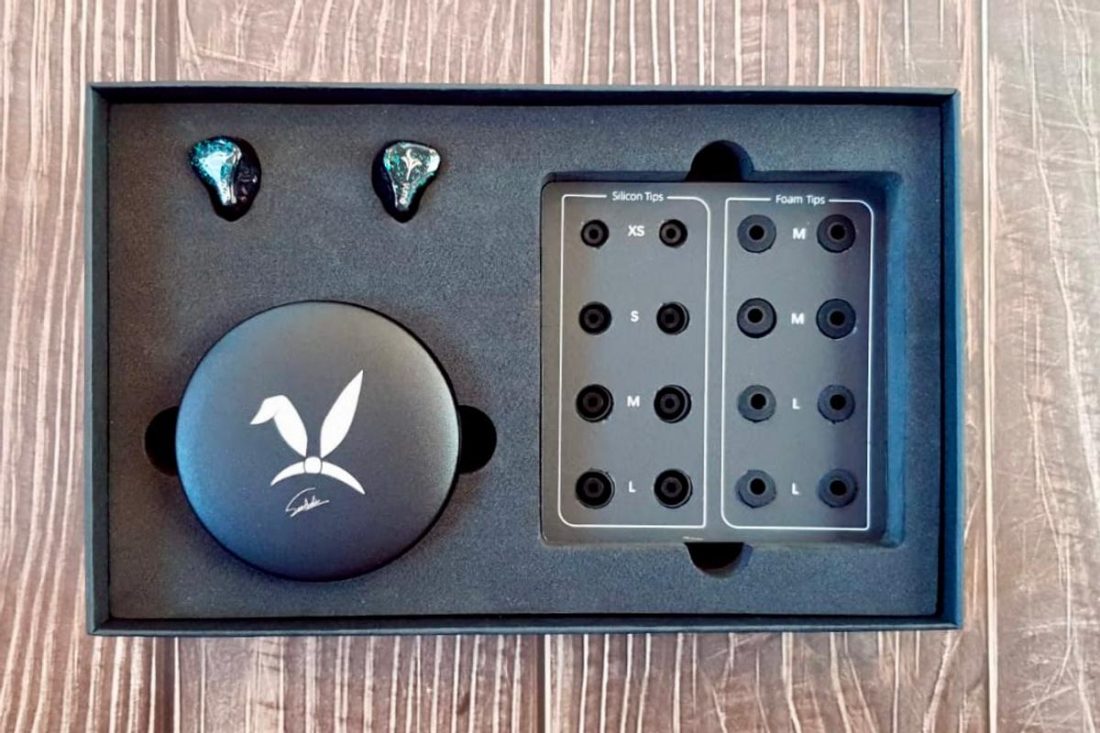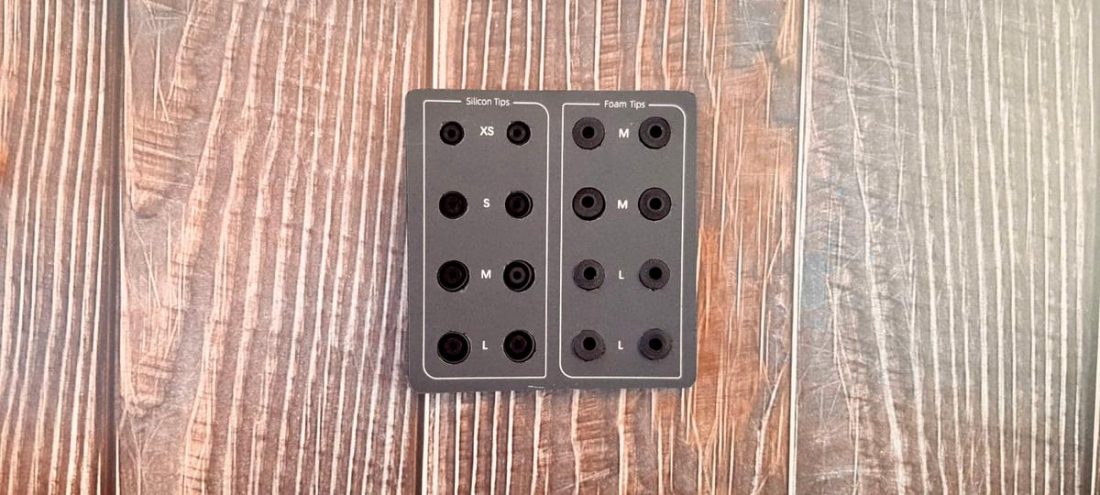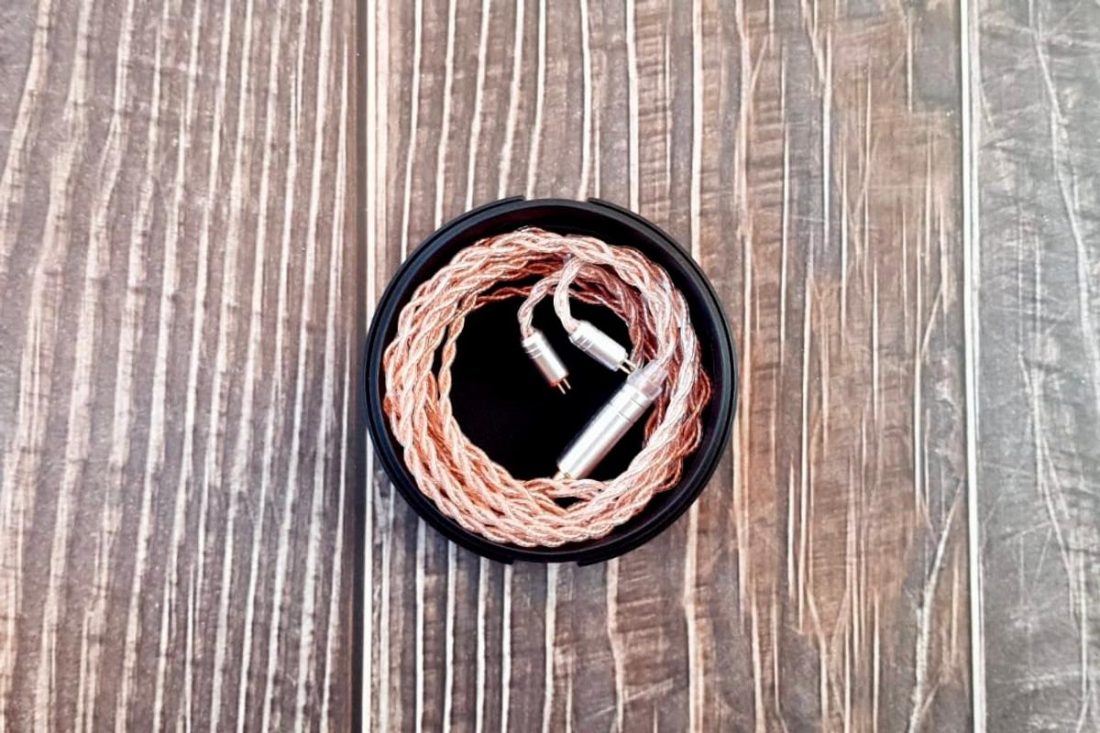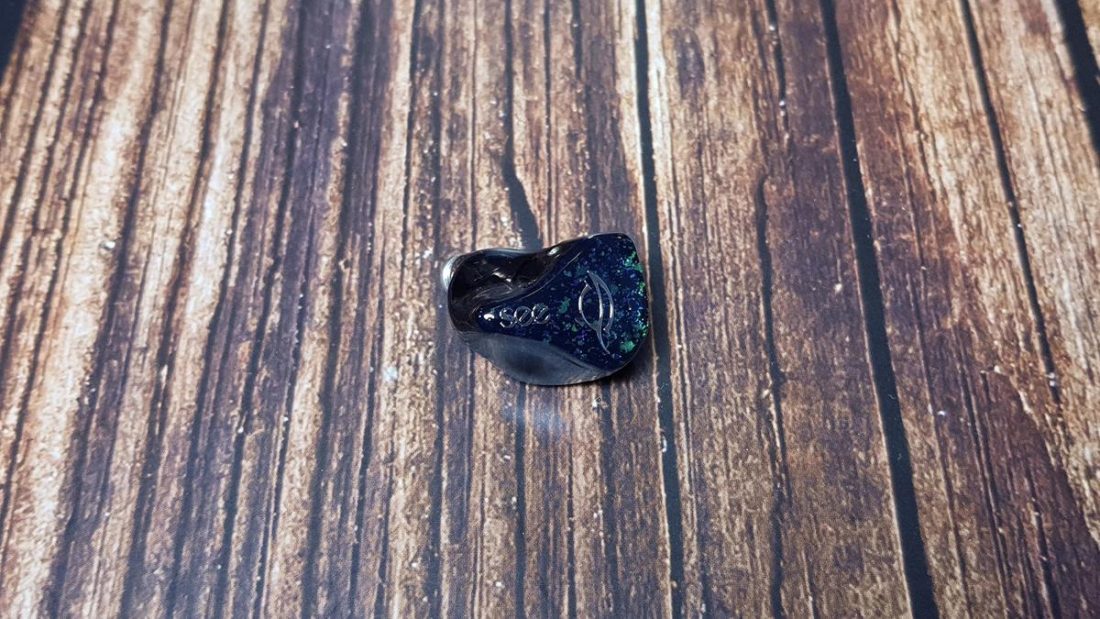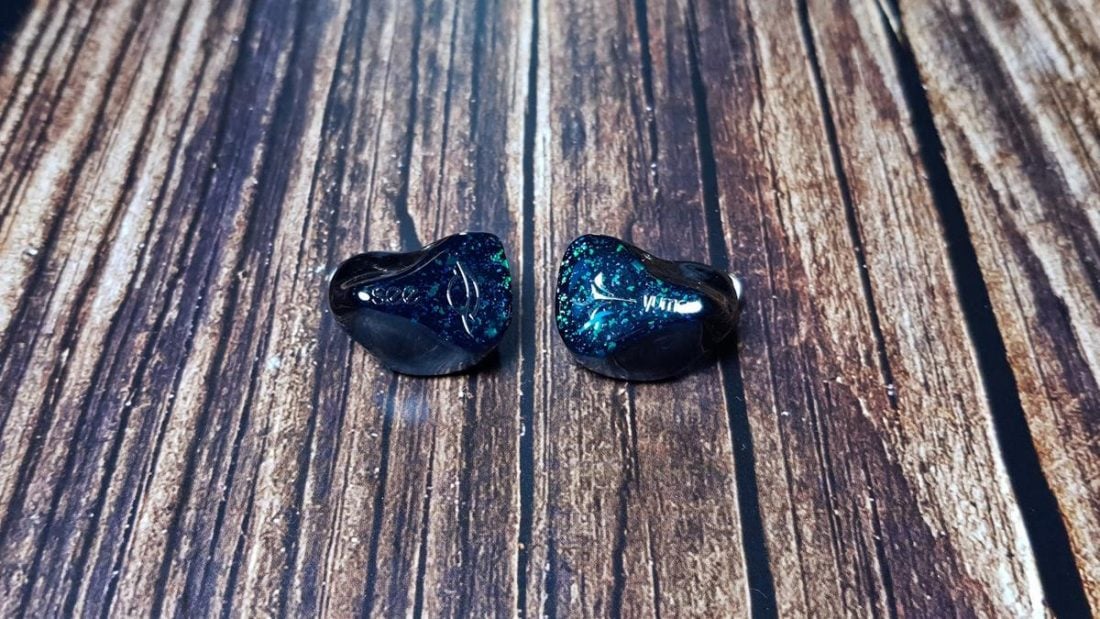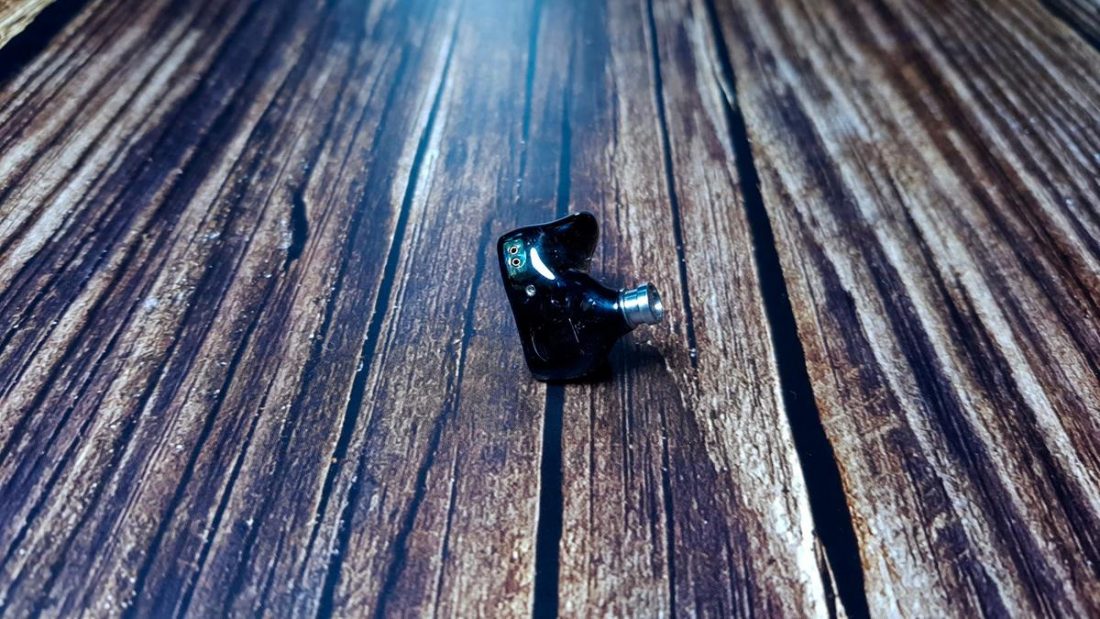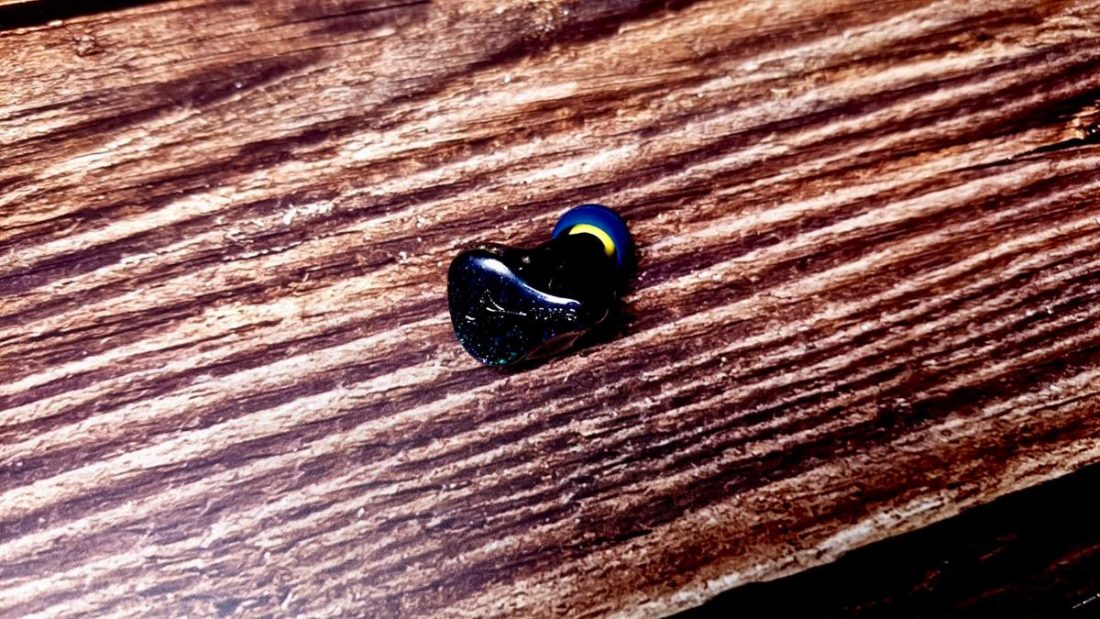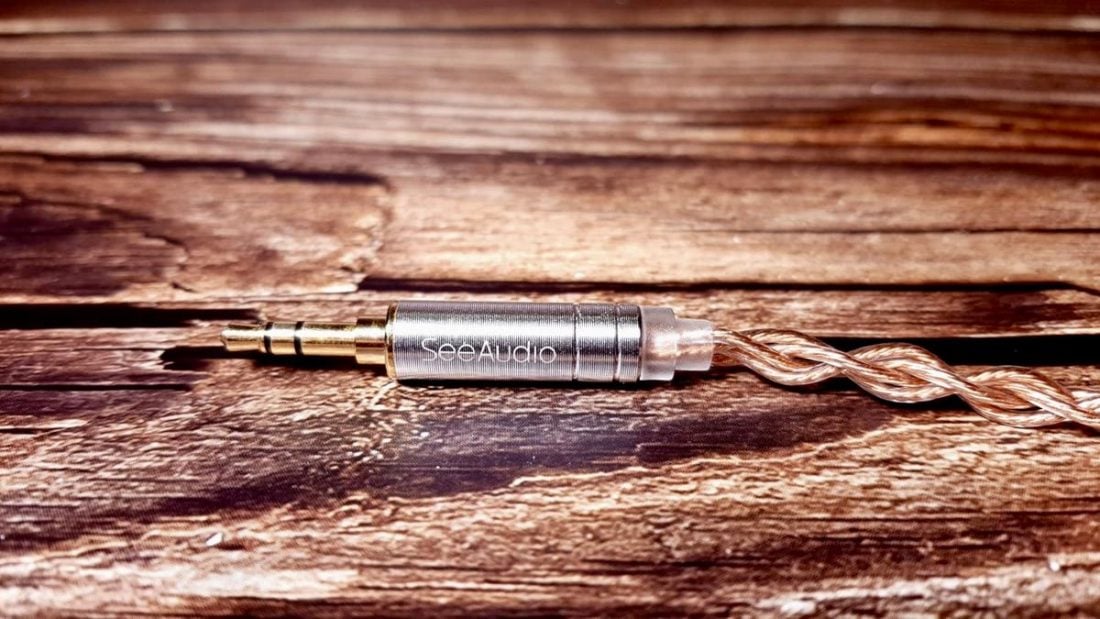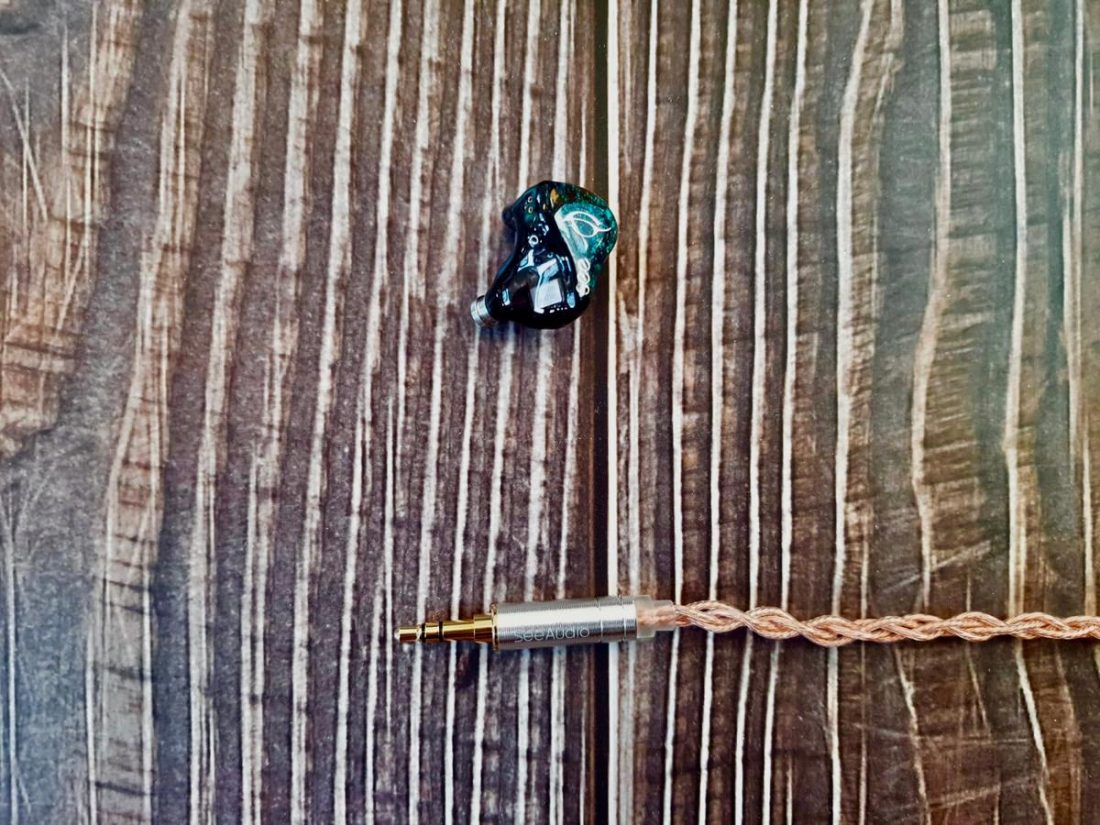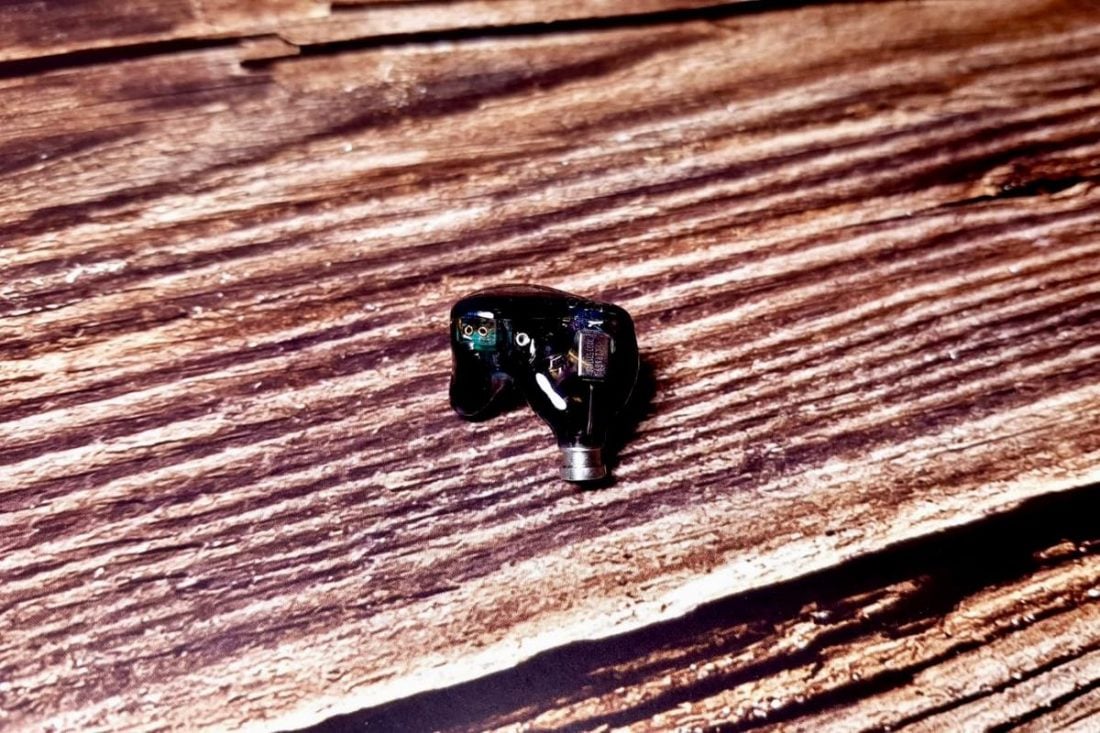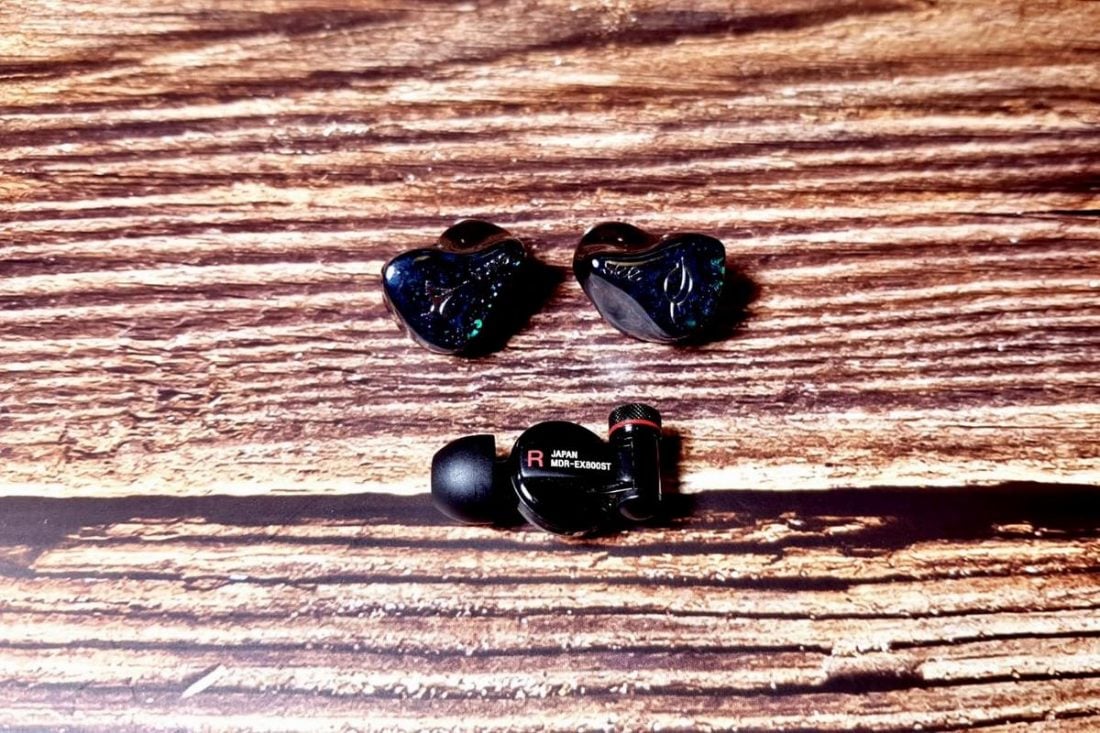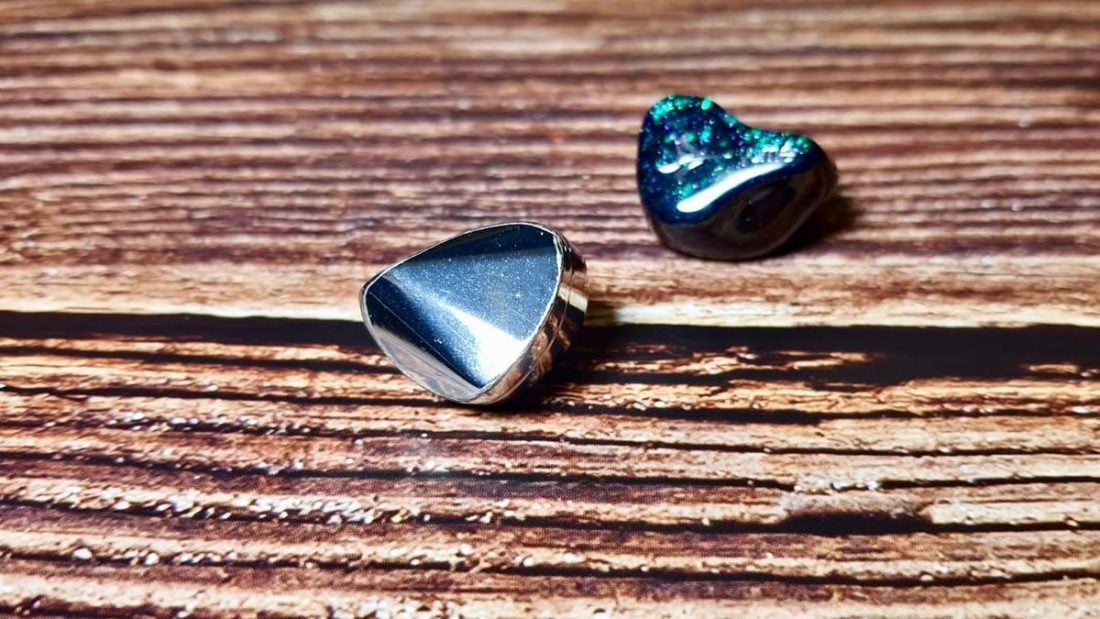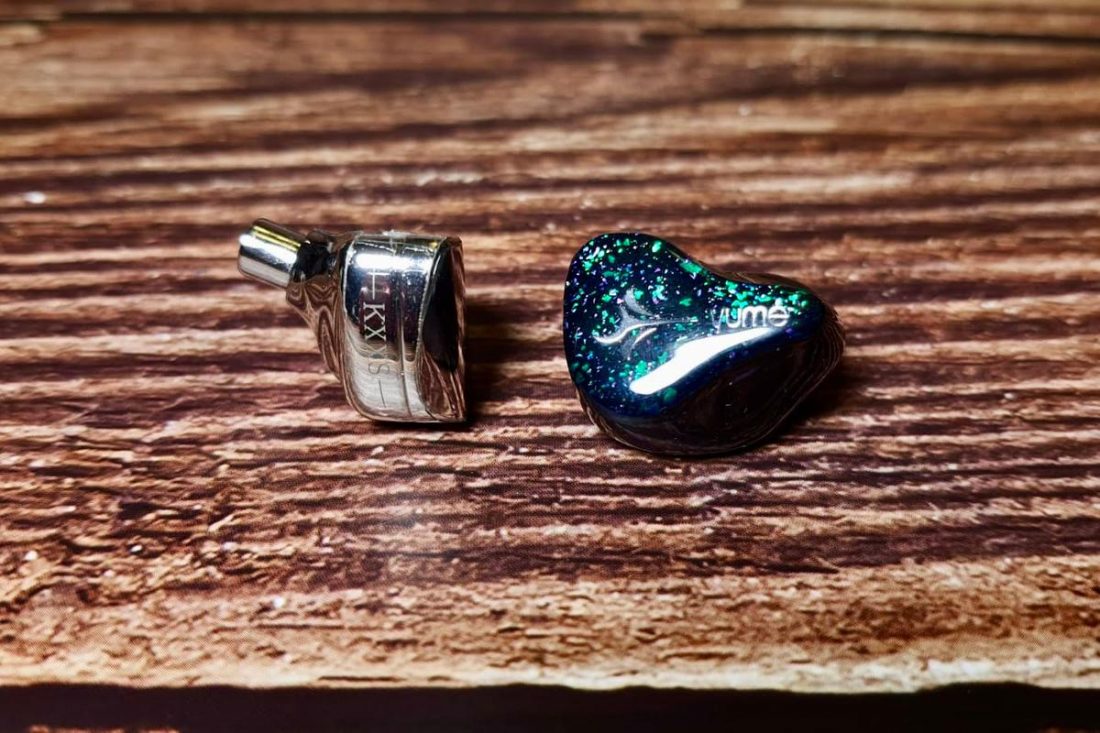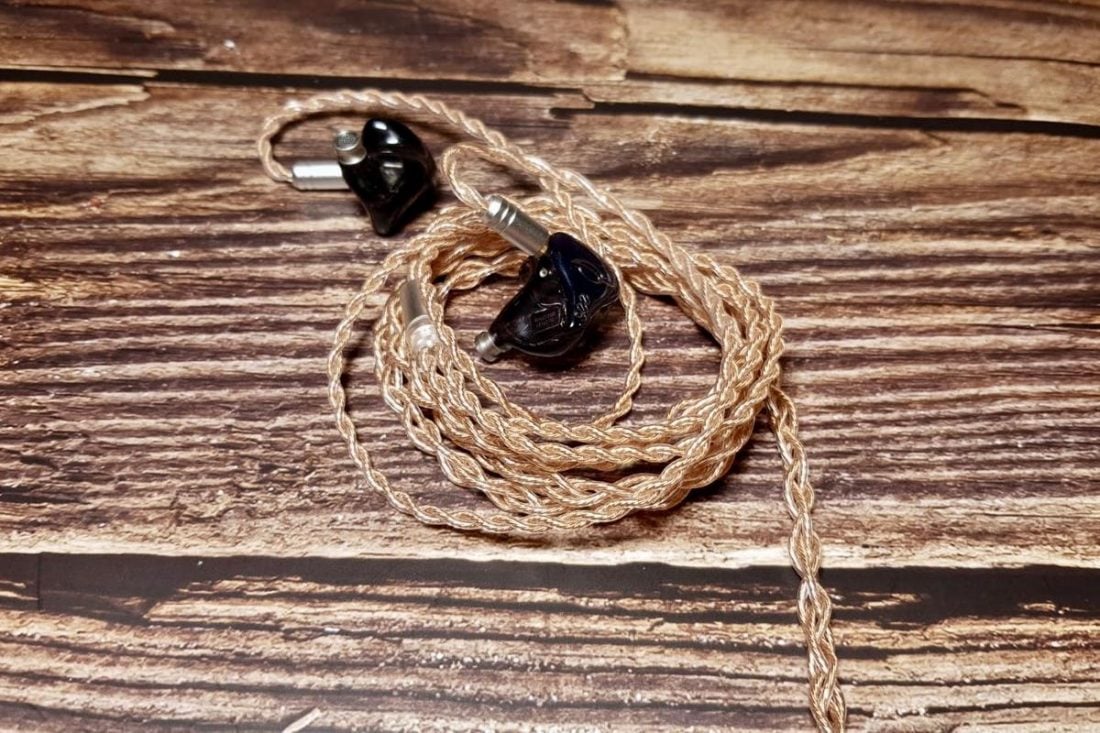The SeeAudio Yume are the first pair of IEMs by SeeAudio. They are a pair of hybrid IEMs, with 1 dynamic driver and 2 balanced armature drivers. As expected, the dynamic driver is for the low end, while the balanced armatures handle the midrange and the high frequencies. This sort of setup is pretty standard these days. The star of the show is probably Yume’s Harman Curve tuning. To put it in simple words, the Harman Curve is a “proven” tuning designed to sound good for most people based on extensive research and testing. Of course, every one of us has slightly different ears and hearing abilities, but in general, the Harman Curve is supposed to sound universally pleasing. You can find a detailed explanation here.
About SeeAudio
SeeAudio is a newly founded Chinese IEM brand. Some say that the team actually are made up of individuals who are very experienced with designing IEMs for other brands (OEMs), however, SeeAudio does not seem to want to boast about it.
Technical Specifications
Drivers: 1 x Liquid Silicone Diaphragm Dynamic Driver, 2 Balanced Armatures, Impedance: 32 Ω Sensitivity: 106 dB/mW Frequency response: 20 – 20000 Hz THD+N: <2% Cables: High-Quality 5N OCC Cable, 3.5mm Connectors: 0.78mm 2-pin
Packaging and Accessories
The SeeAudio Yume comes in a box with an artwork of a waifu. From my memory, this design started a few years ago by Fitear, and then more recently Moondrop has used this style throughout their products. It has been widely accepted, so it is easy to see why more and more companies are following this trend. All the specifications of the Yume are listed on the back of the box. You can find not only their impedance, frequency range, sensitivities, and all the usual stuff, but also the frequency response graph. After removing the outermost box, you will find another paper box, with a simpler design. The brand name and their slogan “SEE through your ears” are listed there. This “box-in-a-box” type of design, again, is quite popular these days (the Hiby Crystal 6, for instance, have this packaging). All of the good stuff is kept in the black paper box. The earphones are displayed in the foam, but annoyingly, the faceplates don’t align. That is not a problem at all, just that it triggers my OCD tendencies a little bit. Below the stickers, instructions, and warranty note, you will find the eartips. The tips are all held in cardboard, with the sizes (XS, S, M, L) and the types (silicone and foam) written on the box. SeeAudio provides 8 pairs of ear tips for the Yume, four pairs each of standard silicon tips, and foam tips. This is very impressive for this price range, especially having foam tips in four different sizes. Here’s a look at the stickers provided. One is the artwork of the box, and the others are more cartoonish in presentation. The carry case has a cute design, with bunny ears drawn on top. It actually reminds me of the Fir Audio IEMs case (I.E. the Fir VxV), which use a bunny logo. The cable provided is high-quality. If you are a cable believer, you’ll be pleased to know that this has a 5N OCC copper cable. Regardless, it is a soft, supple and good-looking cable.
Design and Comfort
The SeeAudio Yume have a beautiful design. One faceplate has the brand logo, and “See”, for SeeAudio, written on it. On the other side, we have the logo for the Yume model and “Yume” written on it. The faceplates have a glittery, shiny design. I am a huge fan of the greenish-blue colour scheme, which gives a premium yet understated feeling. The layering and the details in the faceplate are impressive, regardless of the price range. You do not have to worry about having fitment issues. The semi-custom shaped shells of the Yume are very ergonomic, which complements the ear cavity shape very well. The Yume are one of the best-fitting universal fit IEMs I have tested, on par with the Hiby Crystal 6 that I reviewed a while back. To further enhance your experience, the eight pairs of ear tips surely will allow you to tailor the fit to your ears. Using the proper size of ear tips, the Yume do have decent noise isolation. However, as you can see from the photo, the vent for the dynamic driver does limit their isolation ability. The choice of ear tips not only alter the comfort but also slightly tailor the sound. The silicone tips provide a more balanced sound to me, compared to the darker, slower foam tips. So, I stuck with the silicone tips throughout the review process.
Sound Analysis
I burned in the SeeAudio Yume for about 150 hours before doing the actual review. What is burning in, you ask? Well, you can read more information about it right here. This is a process that I do for every review to ensure consistency. The SeeAudio Yume follow the Harman Target tuning, which should please most listeners, if not all. And yes, the Yume sound very pleasing to me. The bass is on the lighter side for my tastes, but other than that, I am amazed (to say the least), with the tonality of the Yume. Most aspects of the Yume sound “just about right”. However, do these traits make the Yume perfect IEMs? Well, it’s not as simple as that. Let’s dig deeper.
Bass
Let’s start with the lows, literally. The bass performance is probably the most underwhelming part of the Yume’s sound. Normally from a dynamic driver, one may expect a punchy and layered bass response. While the Yume do have layered bass and fairly good extension, the bass often left me wanting more. On the other hand, the limited quantity of bass does translate to a clean presentation, which some may prefer. To break it down more closely, the sub-bass extension is good, but not class-leading. The quantity of the sub-bass is always tightly controlled. Not what I would expect from a dynamic driver, but because of this, the bass always remains clean. The mid-bass has a bit more body and warmth, but the Yume are still nowhere near being “bass cannons”. The upper bass, once again, is a step behind, which prevents any sort of muddiness or bleeding up into the midrange. This allows the Yume to be very clean, and provides a good foundation for the upper frequencies, where the Yume do shine.
Midrange
When we move up the spectrum, the Yume start to become very, very good. The midrange has a very natural and realistic feeling, and vocals and most instruments sound accurate and “just right”. The Yume aren’t particularly thick or warm, but they always sound correct, with good transparency and resolution. The transition from upper-bass to lower midrange is smooth. Despite the slightly recessed upper-bass, this transition is one of the smoothest in hybrid IEMs at this price range. The lower to middle midrange has a neutral amount of body, and is neither tilted towards thick or thin. As a result, while some male vocals may lack a bit of body and power, the Yume provide good vocal clarity. For the upper midrange, the Yume again show some great control. It is very common for hybrid IEMs to overdo the upper midrange, especially a few years back when the implementation of hybrid drivers was fairly new. However, the Yume have a calm upper midrange which does not sound at all aggressive.
Treble
The transition from upper midrange to lower treble is impressively coherent. There aren’t any signs of sibilance or sharpness in this region. With the foam tips, you can further tame the treble, however, I am perfectly satisfied with the performance of the silicon tips. You won’t have to worry about harshness, and the Yume are very relaxed up top and non-fatiguing. Even so, the mid-treble still shows a good amount of sparkle, and this allows instruments such as piccolos and crash cymbals to be “correct”. The treble extension is quite good and is on par with the best performers in this price range. The SeeAudio Yume extend way up to the upper treble, and remain smooth and silky sounding.
Technicalities and sensitivity
With an impedance of 32 Ω and a sensitivity of 106 dB/mW, the Yume are not hard to drive at all. In fact, this is about the optimal range in terms of sensitivity level. The Yume do not display hissing issues like some more sensitive IEMs, such as the Shanling ME80. While an external amplifier is not required for the SeeAudio Yume, an amp, such as the iFi ZEN CAN, yields a punchier bass response. Although, the difference compared with using the Yume directly from my laptop or a DAP is subtle. Now, the soundstage. Well, well, well. If there is one thing the Yume aren’t outstanding at, this is it. The soundstage of the Yume is not bad, but it is just average. Given how well the Yume perform in most other aspects so far, I expected more from them. In some complex pieces of music such as the Tchaikovsky Symphony No.6 First Movement, the Yume can sound congested.
Comparison
The SeeAudio Yume are priced right below USD$200, which puts them squarely into the most competitive and crowded IEM marketplace. There are very many good performing IEMs at this price range, and I’m sure you want to know how the Yume stack up against the big boys. I will be comparing the Yume against the Moondrop KXXS and the Sony EX800ST.
SeeAudio Yume vs Sony EX800ST
The Sony EX800ST have been in the market for more than a decade. Does this make them outdated and irrelevant in the current market? Well, to a certain extent, yes it does. The shape of the shell and the comfort are definitely dated. They stick out of your ears when wearing them, and provide a poor noise isolation. Even so, these issues don’t stop the EX800ST from being a classic. The Sony is noticeably warmer than the Yume, and their bass response is fuller, deeper, and more powerful. They have punchier bass, better layering, and they sound more engaging. The Yume, on the other hand, have a more calm bass performance, with slightly better clarity down low. For midrange, the Yume again display better clarity over the Sony. The Sony sound a bit thicker and warmer, while the Yume provide better resolution in vocal performance and superior treble extension. For soundstaging and imaging, the Sony are miles ahead of the Yume. This is the main trait of the EX800ST, and they are class-leading in this regard. I don’t expect any IEMs at this price range to beat them in the near future.
SeeAudio Yume vs Moondrop KXXS
The Moondrop KXXS (in my opinion) are the IEMs that the SeeAudio Yume are coming after. They have several similarities. Both of them are tuned based on a targeted sound curve, the KXXS are tuned to Moondrop’s own Virtual Diffusion Sound Field, and the Yume to the Harman Curve. Both have waifus on the box as a selling point and are beautifully crafted. However, they still have a couple of differences to distinguish them. The KXXS are a single dynamic driver design, as opposed to the hybrid setup in the Yume. In terms of sound, there are also a few differences. The KXXS have a more V-shaped sound signature while the Yume are more neutral-natural. For bass response, both of them have a similar quantity, but the KXXS dig deeper and have a faster punch, making the KXXS the more bassy option. The Yume have a more forward midrange compared to the KXXS, which are a step behind. This makes the Yume create better vocal clarity and resolution. The KXXS still have a decent amount of detail, just that they aren’t as potent as the Yume. Both have good extension up to the upper treble. The Yume sound smoother and relaxed, and some may find the KXXS to be a bit aggressive and sharp at times. The KXXS, in turn, have a larger soundstage because of the slightly recessed midrange and crispier treble response. The soundstage of the KXXS is more stretched out in all directions, and the layering ability is also superior on the KXXS.
Where to Buy
You can buy the SeeAudio Yume from various places.
Verdict
Awesome, simply awesome! They would be something to dream about, half a decade back, regardless of the price. The SeeAudio Yume provides a very pleasing and enjoyable sound signature at a very reasonable (under USD$200) price. Are they perfect? Well, not exactly. They do have one or two flaws, such as their limited soundstaging ability and lack of sub-bass extension. Regardless, the Yume, are one of a few pairs of IEMs setting the benchmark for me at this price range. They receive my highest recommendation, even if they aren’t quite perfect. Their tonality greatness overshadows any shortcomings. If future higher-end products from SeeAudio can maintain this successful tuning, and further improve on the technicalities, they will be an end game option for many. Well done SeeAudio, it was a pleasure to review the Yume, and I can’t wait to try out other models from you!
